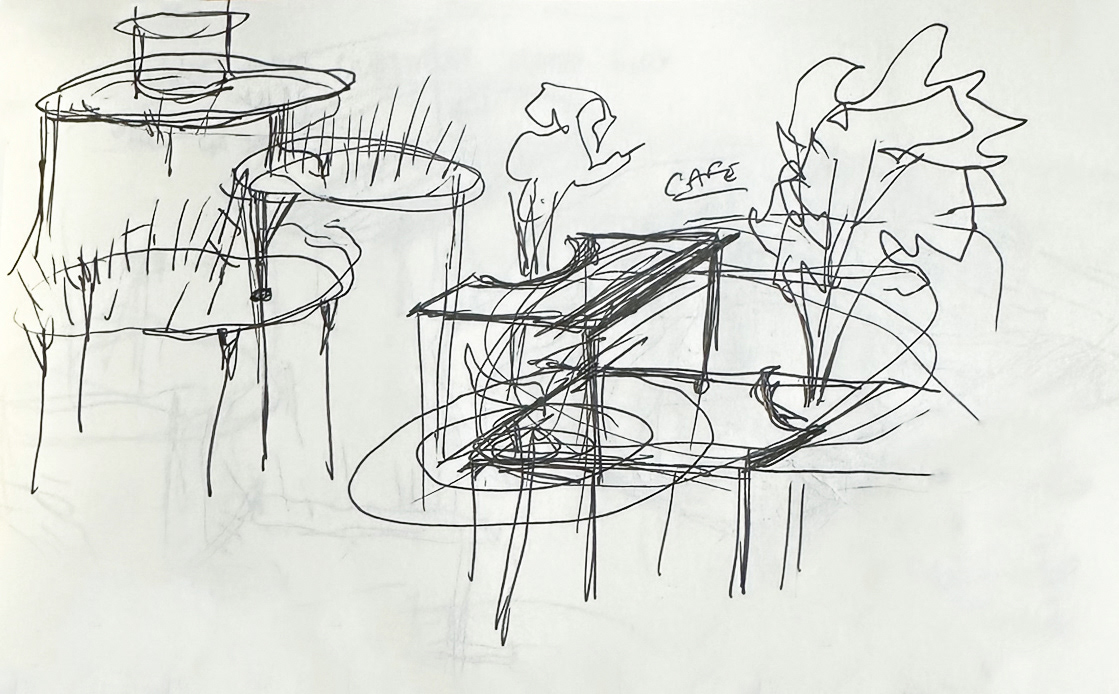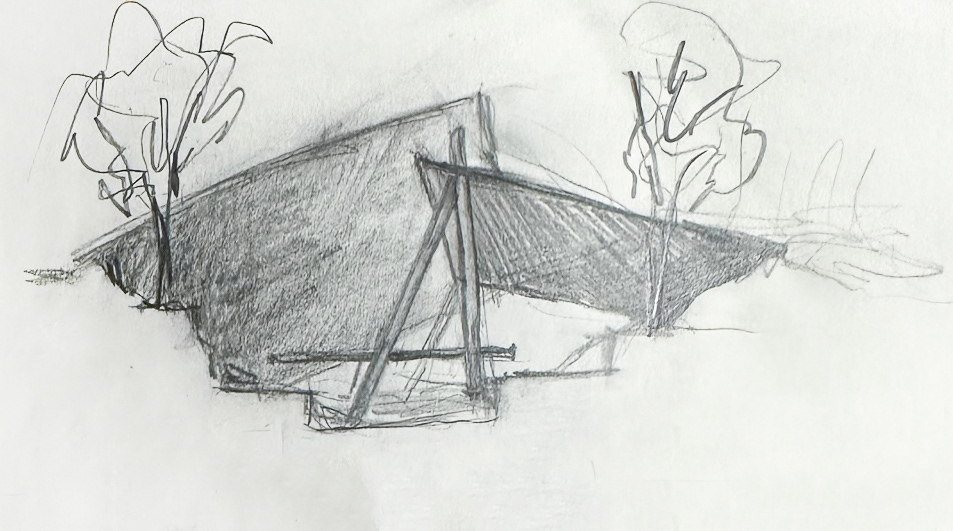initial concept | trees as plates
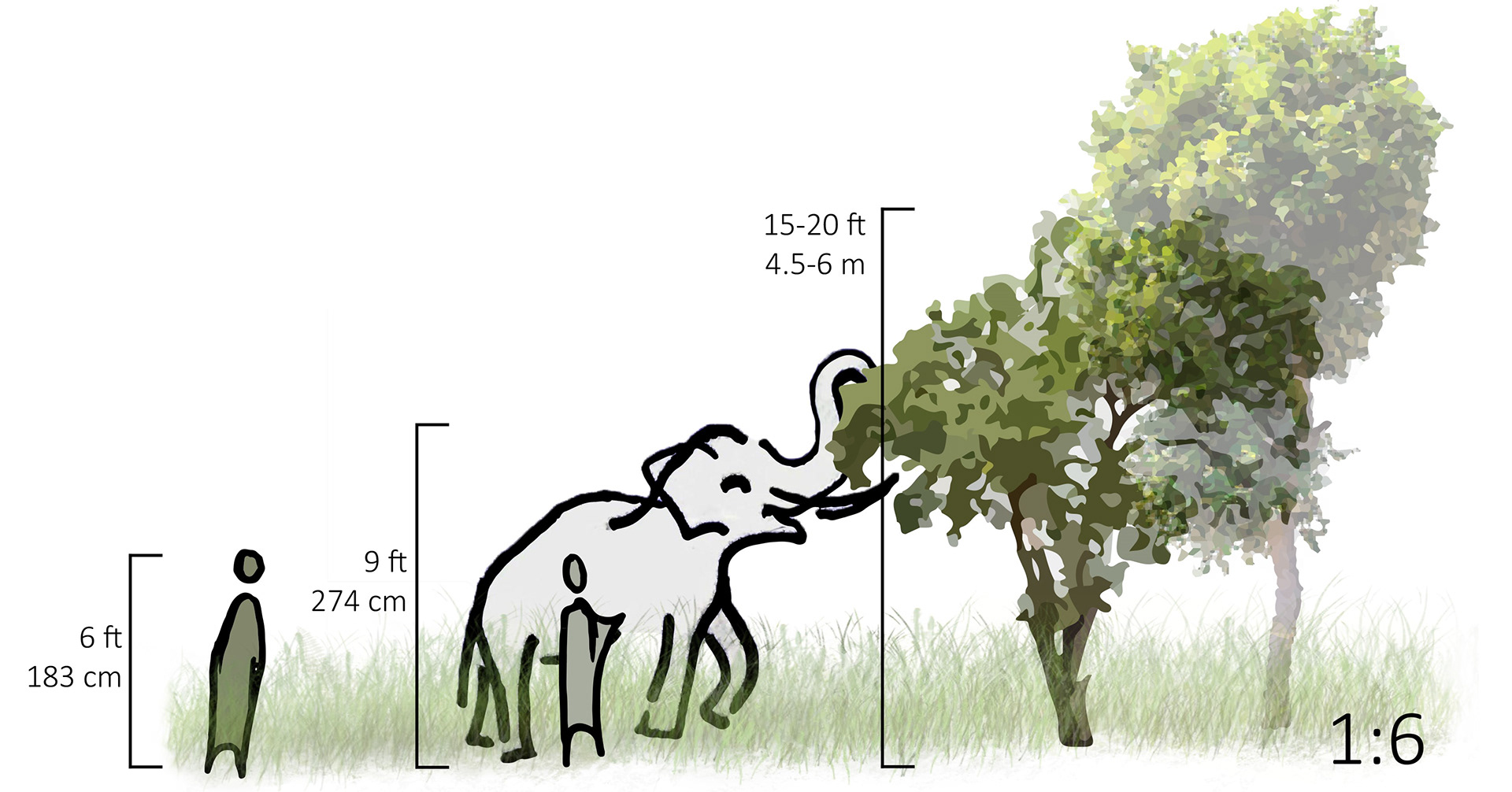








site plan
program plan

Dry Season Site (on pond)

Rainy Season Site (above pond)

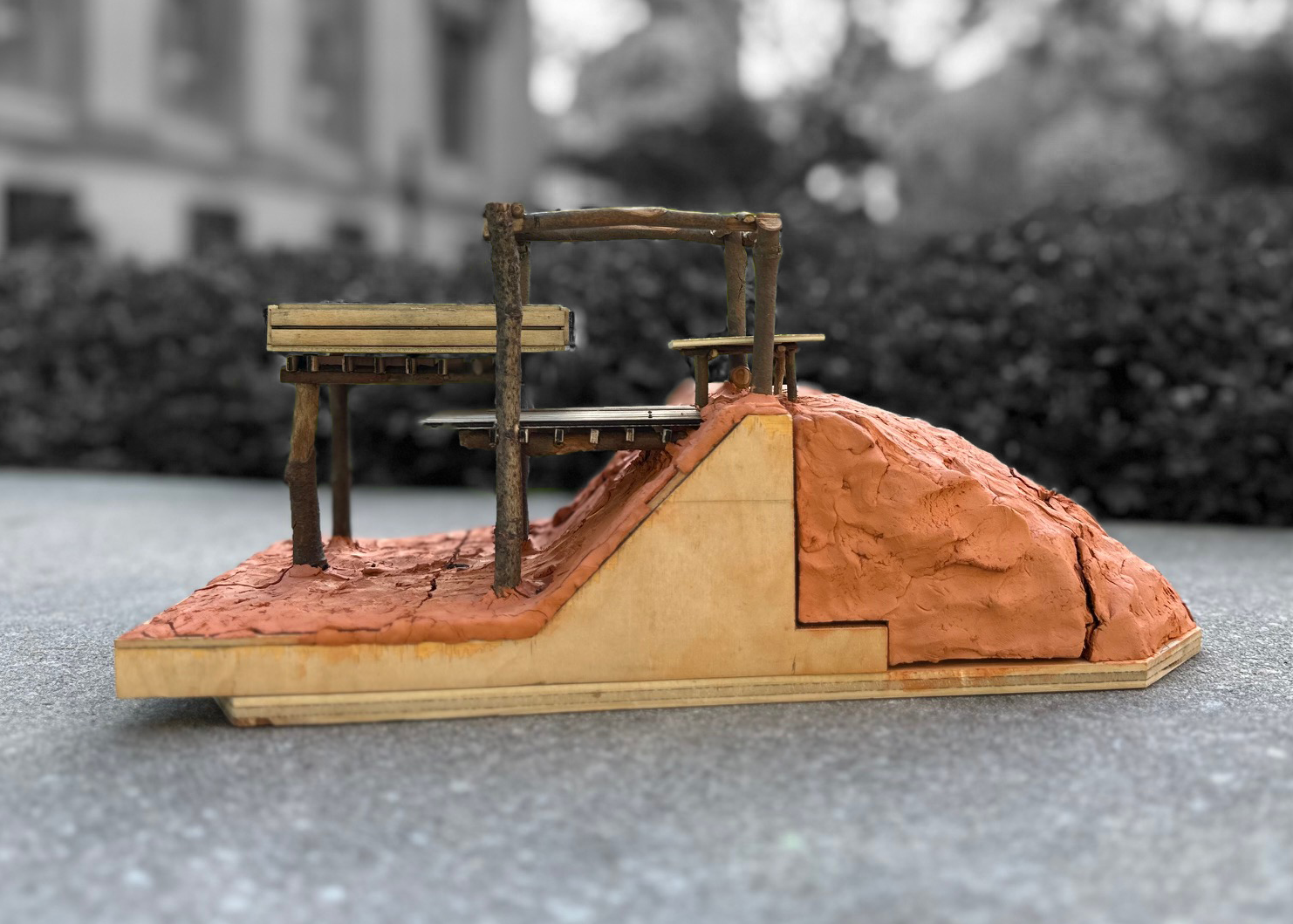





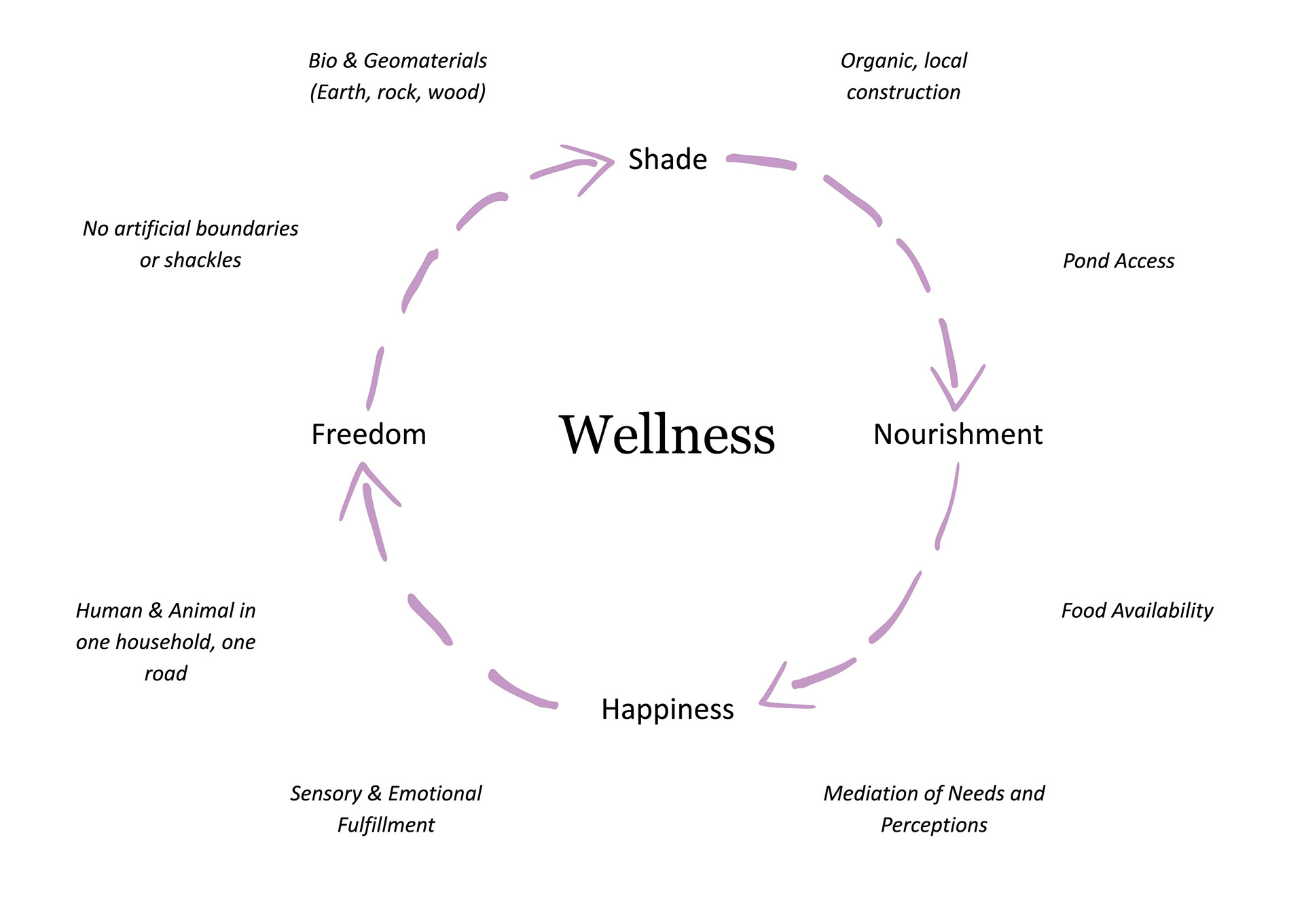
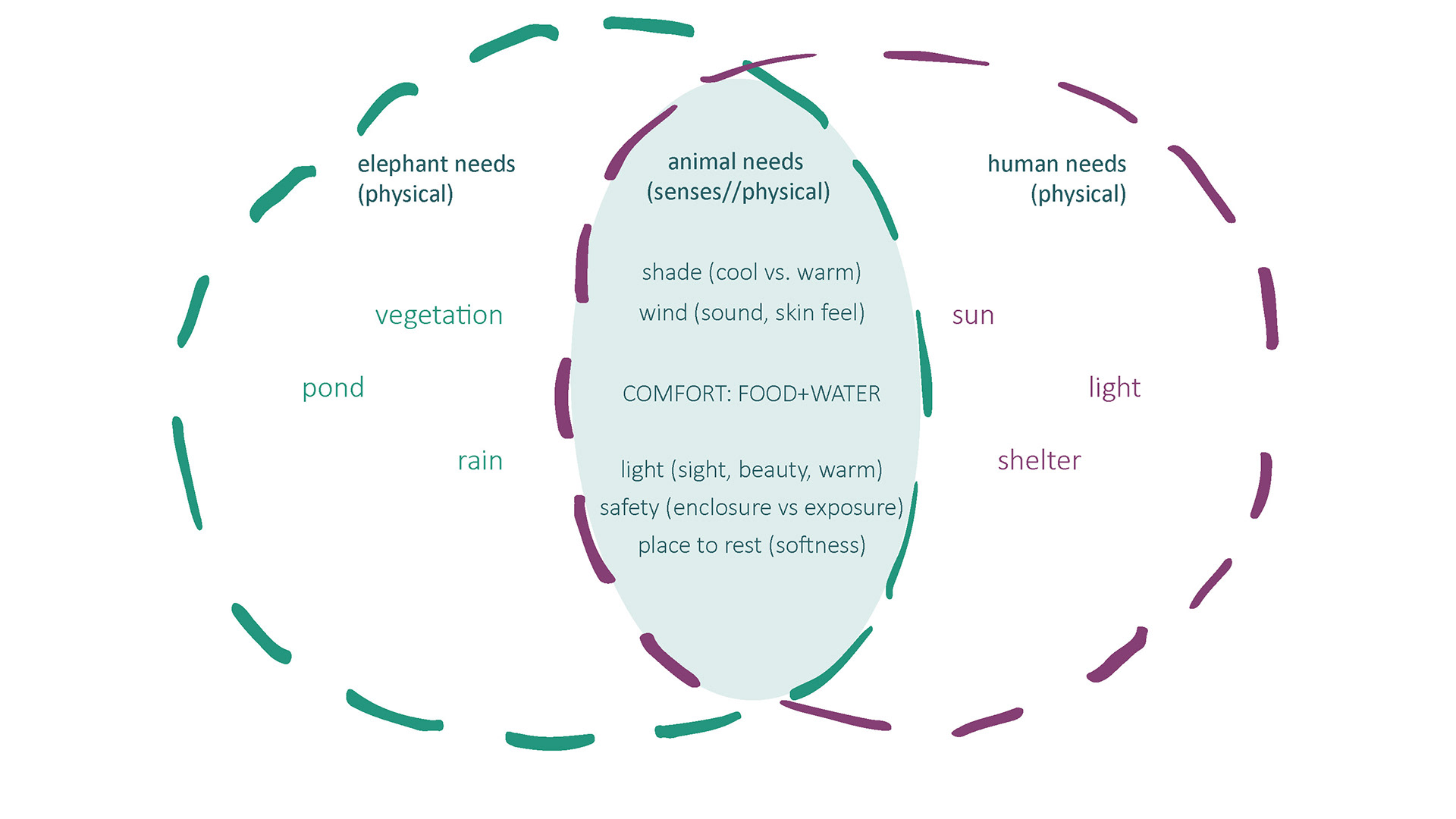
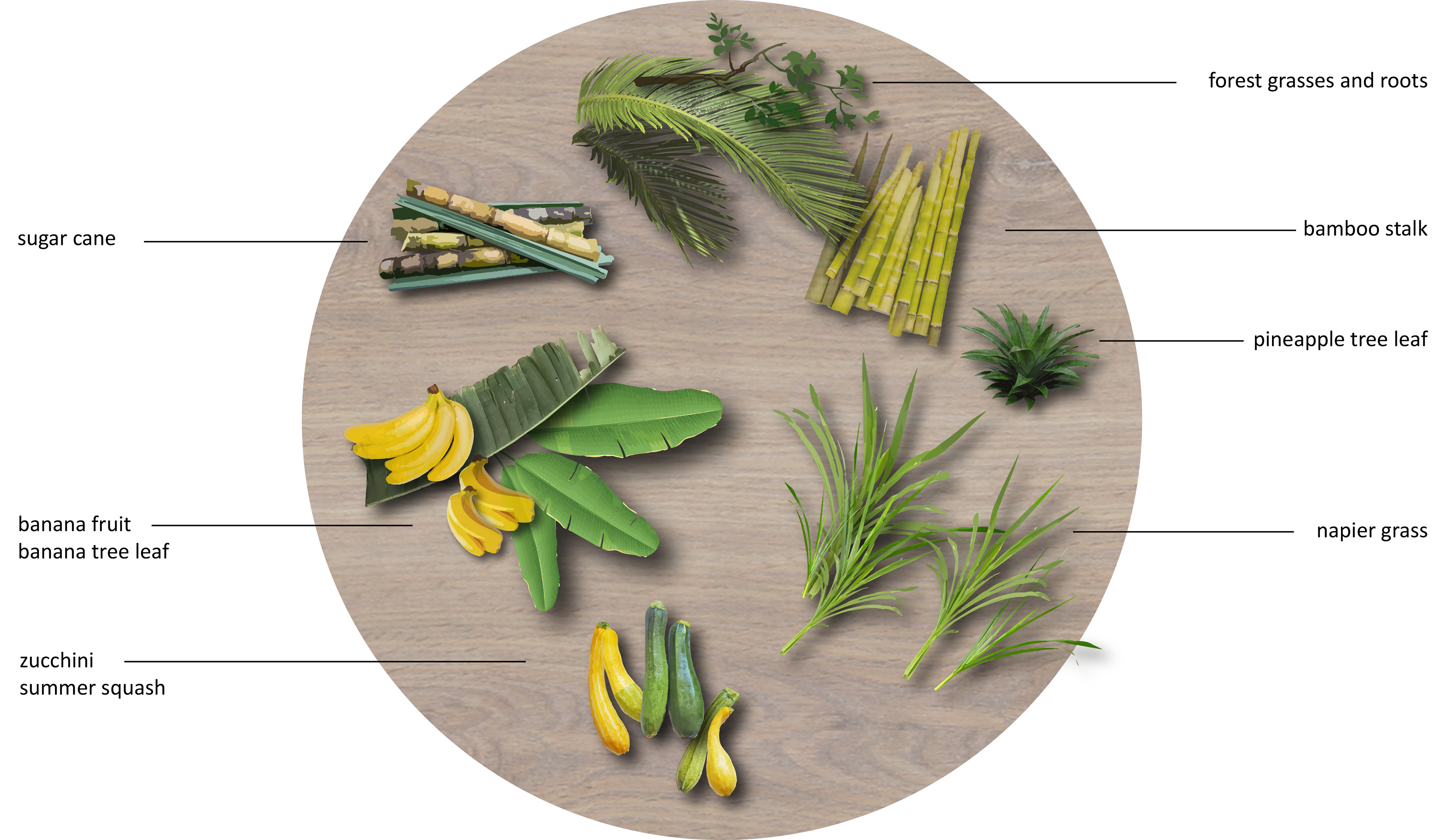



Mealtime Traditions, Thailand - National Elephant Day & Human Daily Routine

“the table makes us human” - what does it mean to give the non-human beings a place at the table?










